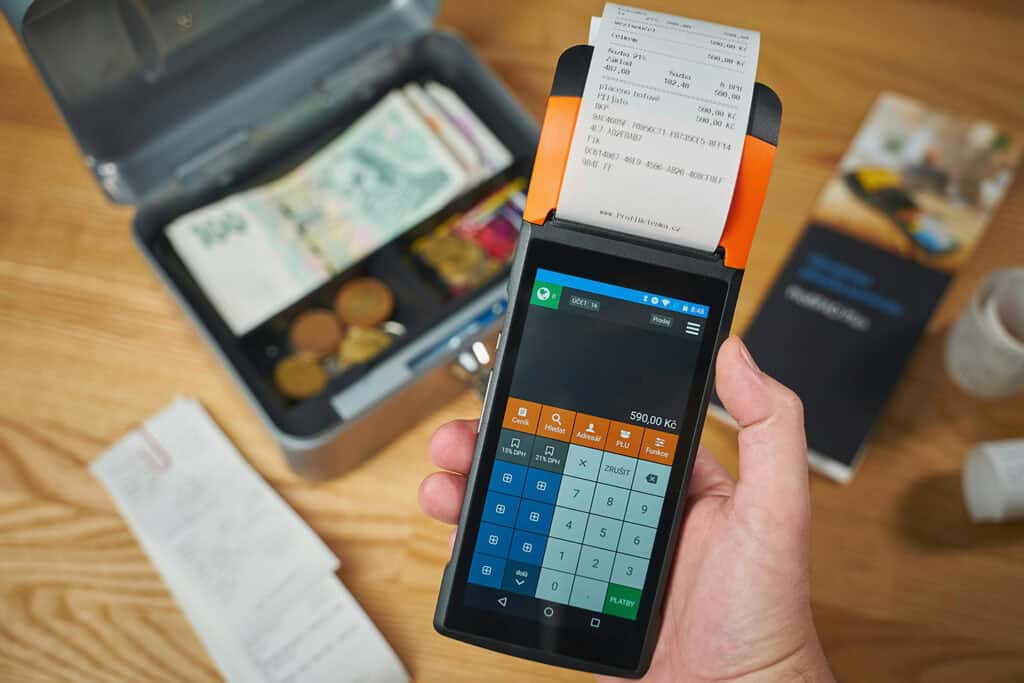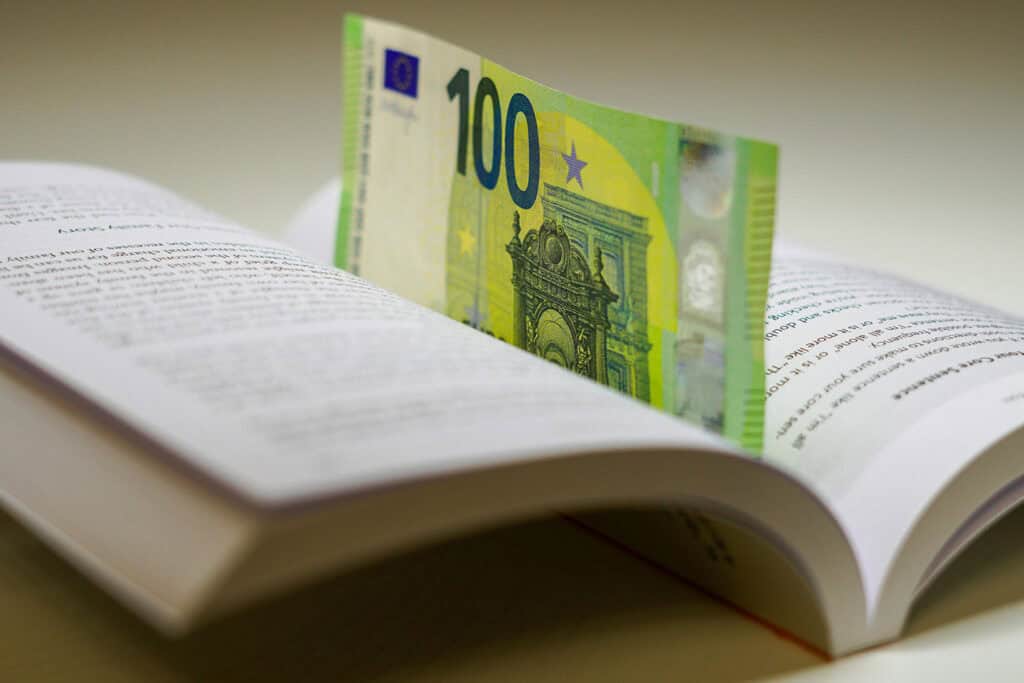
Looking to achieve your financial goals and build savings habits that last? A money savings tracker might be just the tool you need. Whether it’s a digital app, a spreadsheet, or a simple checklist, a savings tracker allows you to set goals, monitor your progress, and visualize your achievements.
In this article, we’ll cover the essentials of setting up a savings tracker and share 6 exciting challenges to help boost your savings. Plus, we’ll explore popular money-saving apps to make tracking and budgeting even simpler.
After reading this article, you’ll be ready to take control of your finances and make your savings journey a success!
Ready to take control of your finances? Let’s start!
Here are 6 types of money-saving challenges:
- 52-Week Challenge: Increase weekly savings for a year to build funds.
- No-Spend Challenge: Spend only on essentials for a set time.
- 5-Dollar Challenge: Save every $5 bill received for quick savings.
- Spare Change Challenge: Collect small change daily for gradual savings.
- Envelope Challenge: Fill labeled envelopes weekly with set amounts.
- Round-Up Challenge: Round purchases up to save the spare change.
What Is a Money Savings Tracker?

A money savings tracker is a tool to help you save and manage money better. It can be an app, a spreadsheet, or a simple list.
Many people use Money Saving Apps to track their progress, set a savings goal, and monitor their accounts. These apps link to bank accounts or savings accounts, showing how much you save and spend. Some also connect to an investment portfolio for a full view of your money.
With a tracker, you can easily set a budget, view your financial data, and plan how to reach your goals. Tracking helps you stay focused and manage your money more efficiently, giving you a clear path to saving.
See also Money Management Books: 12 Must-Reads for Building Wealth
Why Use a Money Savings Tracker?

A savings tracker is like a roadmap for your financial goals and money management. It allows you to:
- Visualize your progress: Watching your savings grow can keep you motivated.
- Set clear goals: A tracker helps you set and meet specific savings goals.
- Stay organized: It keeps all your savings information in one place.
- Build better habits: Regularly tracking savings helps you see where you can improve.
Without a savings tracker, it’s easy to lose track of your goals and spend more than planned. A tracker can be as simple as a notebook or as advanced as a budgeting app.
How to Set Up Your Savings Tracker

Setting up a savings tracker is easy, and there are many ways to do it.
- Decide on Your Savings Goals: Start by writing down what you’re saving for. Is it an emergency fund, a new laptop, or a family trip? Be specific about the amount you need and when you’d like to reach it.
- Choose a Tracking Method: You can use a notebook, a spreadsheet, or a savings app. Choose what feels best for you.
- Set a Savings Schedule: Decide how much you want to save each week or month. This helps you stay on track and reach your goal faster.
- Track Regularly: Update your tracker every time you save money. Regular tracking shows your progress and keeps you motivated.
Types of Money-Saving Challenges
Adding a savings challenge to your routine is a fun way to save extra money and money management skills. Here are a few popular challenges to try:
1. 52-Week Savings Challenge
The 52-week savings challenge is simple and effective. Each week, you save a certain amount, gradually increasing over the year. For example:
- Week 1: Save $1
- Week 2: Save $2
- Week 3: Save $3
By the end of the year, you’ll have saved $1,378! This challenge starts small and builds over time, making it easy to stick with.
2. No-Spend Challenge
A no-spend challenge helps you save by cutting out unnecessary expenses. Set a period—like a weekend, week, or month—and avoid spending on non-essentials. This includes dining out, shopping for new clothes, or buying coffee.
Instead, focus on spending only on essentials, like groceries and bills. Every dollar saved goes straight to your savings.
3. 5-Dollar Challenge
The 5-dollar challenge is simple: Every time you get a $5 bill, put it in a jar or an envelope. Avoid spending these bills and see how quickly your savings grow. It’s surprising how much you can save over time with this challenge. The best part? You can do this year-round.
4. Spare Change Challenge
The spare change challenge is perfect if you use cash often. Anytime you get change, set it aside in a jar. Over time, the small coins add up. This challenge is easy because you don’t need to set aside large amounts. Plus, it feels good to see the jar fill up!
5. Envelope Savings Challenge
This challenge involves writing different amounts on envelopes (like $1 to $100). Each week, choose an envelope at random and save the amount written on it. This challenge is flexible and adds an element of surprise. If you stay consistent, you’ll save a significant amount by the end of the year.
6. Round-Up Challenge
The round-up challenge is great if you use debit or credit cards often. Many banks offer round-up programs where they “round up” each purchase to the nearest dollar and move the difference to your savings. For example, if you spend $3.50 on coffee, $0.50 will go into your savings. Some budgeting apps also offer this feature.
Money-Saving Apps
Many Money Saving Apps are designed to make tracking and saving money easier. Here are some popular options:
1. Mint
Mint is a free budgeting app that helps you track spending and savings in one place. You can set budgets, track expenses, and monitor savings goals. Mint also offers reminders and helpful tips, making it easier to stay on top of your finances.
2. Qapital
Qapital allows you to set up different savings goals and track them with customizable rules. You can round up purchases, set up automatic transfers, or link goals to certain actions (like saving every time you complete a workout). It’s a flexible app for people who like to save creatively.
3. Digit
Digit analyzes your spending habits and moves small amounts of money from your checking account to savings without you even noticing. This app is great if you want to save without thinking about it. It learns your spending patterns and helps you save in a way that doesn’t impact your daily expenses.
4. YNAB (You Need A Budget)
YNAB is a popular budgeting app that helps you allocate every dollar to a specific goal or expense. It’s helpful for creating and sticking to a budget. YNAB also offers a strong savings feature, helping you see exactly how much you’re setting aside.
5. Acorns
Acorns is an investment app with a savings feature. It rounds up your purchases and invests the difference. This way, you’re not just saving money—you’re also growing it through investments. Acorns is perfect if you want to start saving while learning about investing.
See also Money Investment Plan: 7 Key Strategies for Success
Benefits of Using a Money Savings Tracker

Tracking your savings offers several benefits:
- Accountability: A tracker helps you stay committed to your goals.
- Motivation: Seeing your progress, even if it’s small, keeps you motivated.
- Insight: A tracker can show where you can cut back or save more.
- Better Habits: Consistent tracking builds better spending and saving habits.
Without a tracker, it’s easy to lose sight of your goals. With one, you’ll have a clearer view of your financial progress.
How to Overcome Challenges

Saving money isn’t always easy. Here are a few common challenges and ways to manage them:
- Impulse Spending: Try setting a 24-hour rule. If you see something you want, wait a day before buying. Often, the urge will pass.
- Low Motivation: If you feel discouraged, try a visual tracker. Use a jar or a chart where you can see your progress.
- Unexpected Expenses: If you face an emergency, don’t get discouraged. Use what you’ve saved, and start building again once you can.
- Lack of Structure: Use a savings app to keep track of your goals. Many apps have reminders and alerts to help you stay on track.
Money Savings Tracker: A Recap
A money savings tracker is a useful tool, especially for money management for young adults. It helps you save money, set clear goals, and build strong financial habits early on. Many Money Management Activities are built into savings trackers, like setting budgets and monitoring spending.
It’s helpful for everyone even those in money management jobs. With a tracker, young adults can see all their data in one place, plan for the future, and understand their progress toward a savings goal.
By linking your account or investment portfolio, you gain a complete view of your finances and can track your net worth. This tool makes saving easier and prepares you for future financial stability.


